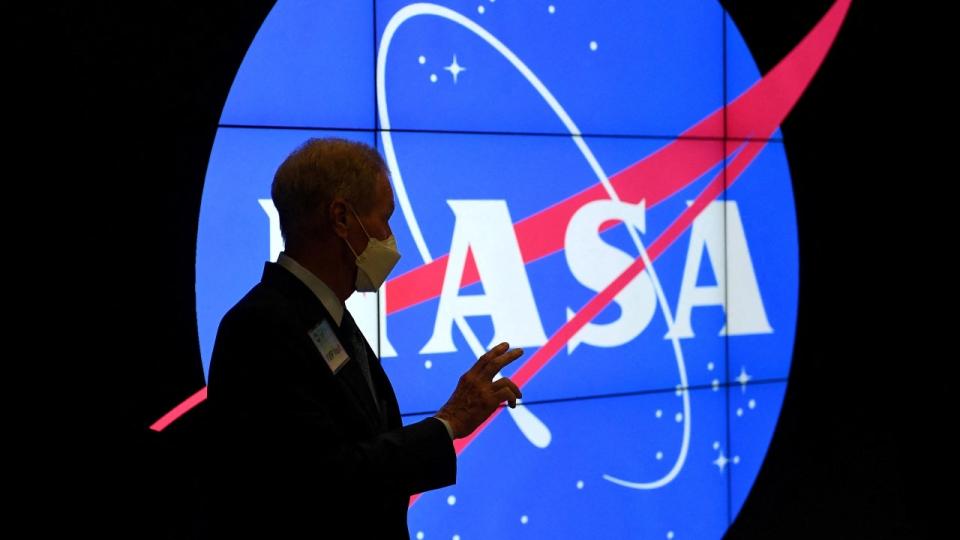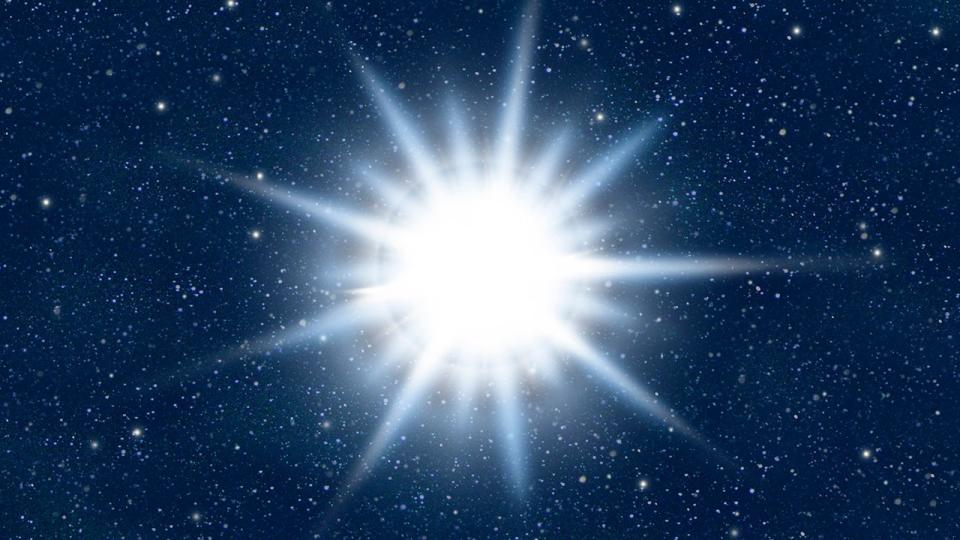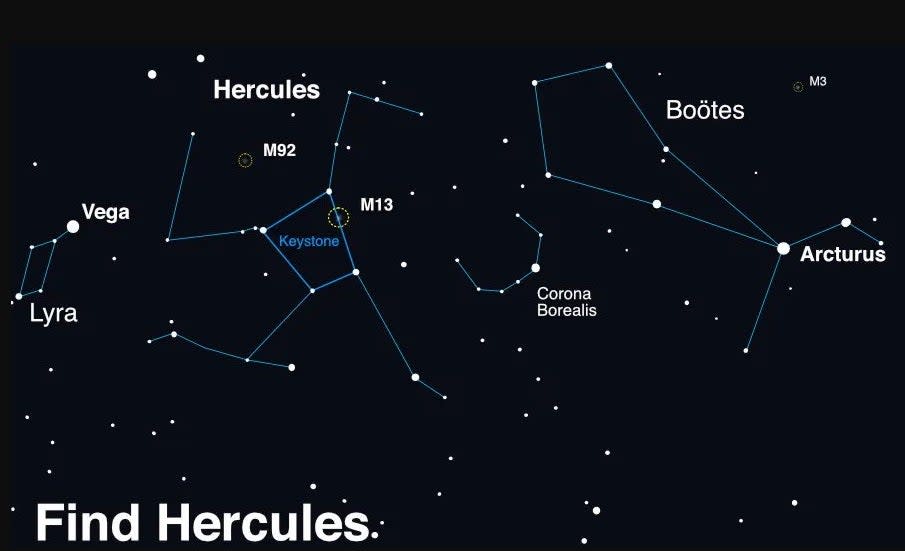An impending nova event will be so bright that people on Earth will be able to see the burst of light with the naked eye, NASA scientists said.
There’s an Earth-sized remnant of a dead star, with a mass comparable to the sun, on a star about 3,000 light years from Earth that is expected to explode at some point this summer, according to NASA.
The exact date when that will happen is unknown, although NASA continues to track it.
The spectacular explosion is “a once-in-a-lifetime event,” NASA’s nova expert Rebekah Hounsell said, “that will create a lot of new astronomers out there, giving young people a cosmic event they can observe for themselves, ask their own questions, and collect their own data.”
JAMES WEBB TELESCOPE ADVANCES TECHNOLOGY ON EARTH – LIKE LASIK SURGERY
Hounsell is an assistant research scientist specializing in nova events at NASA’s Goddard Space Flight Center in Greenbelt, Maryland.
She put this summer’s event on the “Blaze Star” into historical perspective.
WHAT’S NEXT FOR NASA? FUTURE PROJECT, PARTNERSHIPS ON THE HORIZON
“There are a few recurrent novae with very short cycles, but typically, we don’t often see a repeated outburst in a human lifetime, and rarely one so relatively close to our own system,” she said in a statement.
“It’s incredibly exciting to have this front-row seat.”

This is a nova event, which Hounsell explained is different from a supernova, which is a “final, titanic explosion” that destroys dying stars, NASA said in a press release.
In this particular event, the dwarf star will remain intact, but “accumulated material” will be blasted into the abyss of space in a “blinding flash,” according to NASA, which explains that this cycle repeats over time and can carry on for tens of thousands to hundreds of thousands of years.
1. The burst of light will be “brief,” according to NASA, but it’s expected to be visible to the naked eye for a little less than a week.
2. Expect the unexpected. The exact timing of the nova is unknown, as of mid-June.
“Recurrent novae are unpredictable and contrarian,” said Koji Mukai, another astrophysicist at NASA Goddad. When scientists think they nailed down a set pattern, novae can “deviate from it completely.”
“We’ll see how T CrB (scientific name for ‘Blaze Star’) behaves,” he said.
POP THE QUESTION: EXPERTS WANT UFOS IN THE NEXT PRESIDENTIAL ELECTION

3. Finding where to look could be tricky.
NASA suggested first locating the Northern Crown, a horseshoe-shaped curve of stars west of the Hercules constellation (included in an illustration below), as the starting point.
The two brightest stars in the Northern Hemisphere (Arcturus and Vega) create a straight line from one to the other, which will lead stargazers to the Hercules constellation and Corona Borealis, where the burst of light will be most visible.
“Look up after sunset during summer months to find Hercules, then scan between Vega and Arcturus, where the distinct pattern of Corona Borealis may be identified,” NASA said.

1. The first recorded sighting of a “Blaze Star” nova was in the fall of 1217, when a German scientist noted a “faint star that for a time shone with great light,” according to NASA.
2. Fast-forward to 1946, which was the last time the “Blaze Star” nova was seen from Earth, NASA said.
NASA HAS BEEN ON A UFO HUNT: HERE’S THE LATEST
To put it in perspective, that was two years before the Frisbee, the jukebox and Velcro were invented.
Technology today, coupled with the star’s proximity to Earth, will give scientists an unprecedented insight.
WATCH: NASA’S ANIMATION OF A NOVA
Elizabeth Hays, chief of the Astroparticle Physics Laboratory at NASA Goddard, said scientists will observe the event “at its peak and through its decline, as the visible energy of the outburst fades.”
“It’s equally critical to obtain data during the early rise to eruption – so the data collected by those avid citizen scientists on the lookout now for the nova will contribute dramatically to our findings,” Hays said in a statement.
Original article source: NASA predicts ‘once-in-a-lifetime event’ this summer – 5 things you need to know
Signup bonus from


